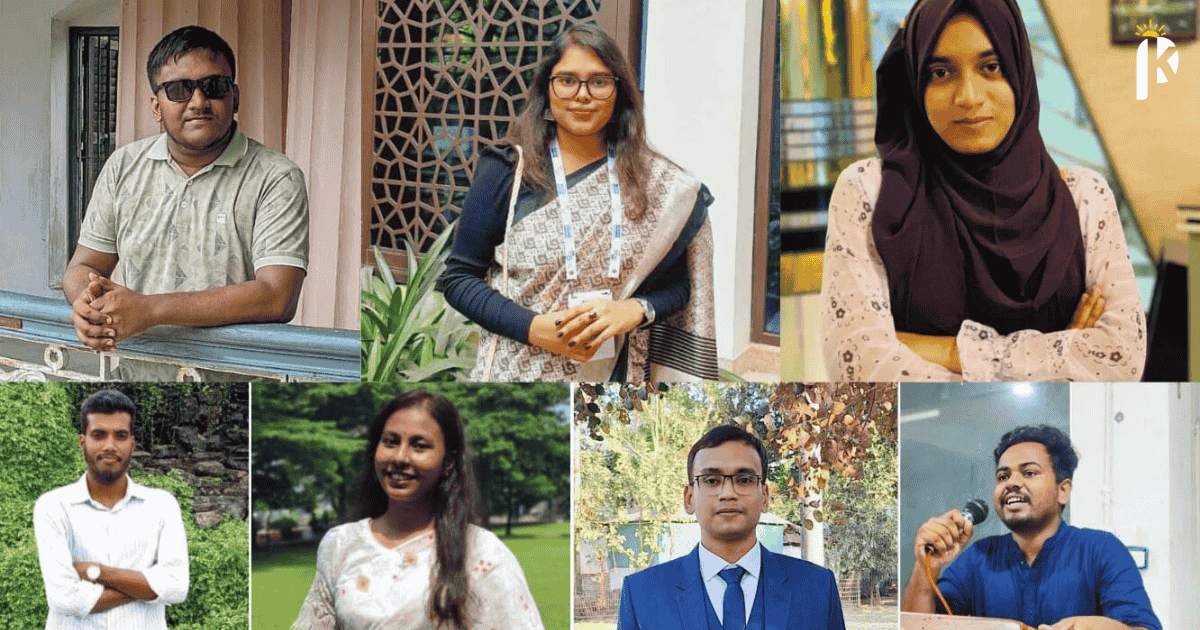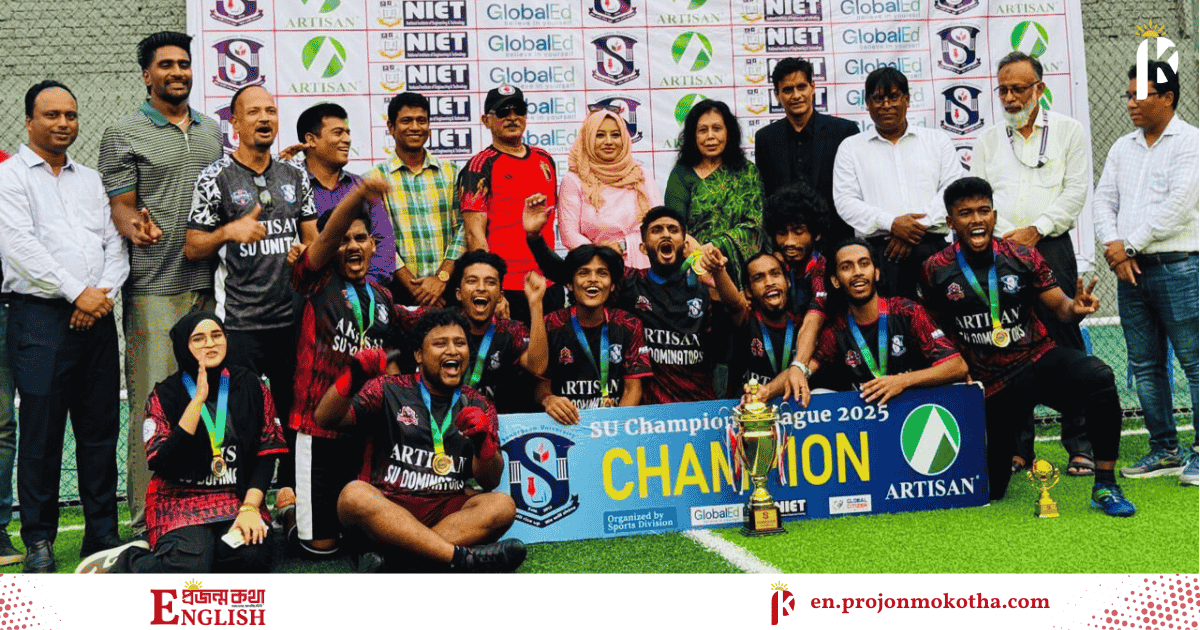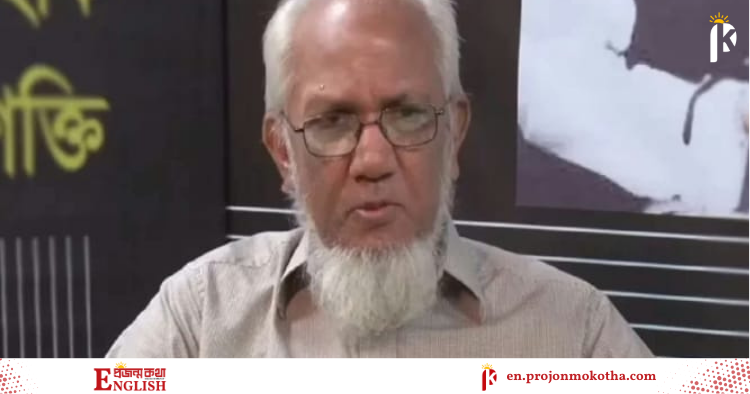Why brainstorming is essential in our life

- Publish : 10:21:28 am, Friday, 4 July 2025
- / 50
In today’s fast-changing world, new problems continue to emerge, and people are constantly seeking solutions from multiple angles. As a result, we increasingly need to rely on critical thinking and creativity to tackle complex challenges.
One of the most effective tools that supports critical thinking is brainstorming.
Whether in education, the workplace, or policymaking forums—creative thinking is indispensable. And the engine that drives such creativity is brainstorming. It’s not just a technique for generating ideas but a collaborative process where individual thoughts are transformed into collective insights.
Competition in the corporate world is growing every day. The survival of any organization now hinges on its capacity for innovation and problem-solving. Brainstorming fuels these capabilities with renewed vigor by encouraging employees to share new ideas freely and without hesitation.
Recent studies show that brainstorming sessions involving people from diverse backgrounds can lead to more integrated and practical solutions—outcomes that would be impossible from an individual perspective alone.
Moreover, brainstorming contributes to building a participatory workplace culture. It fosters a sense of shared ownership among employees. When staff see their ideas being valued in decision-making, they feel like an integral part of the organization and become more motivated to engage in future sessions.
Experts believe that the aim of education goes beyond simply imparting information. Instead, education should empower learners to analyze, apply, and reshape knowledge in new forms.
Brainstorming helps develop a unique sense of intellectual freedom among students. It not only allows them to actively engage with learning materials but also helps them better explain and interpret topics through each other’s perspectives.
Whether it’s university-level research, project development, or classroom discussions, brainstorming plays a vital role. It broadens the scope of student thinking and cultivates leadership and teamwork skills that are essential for the real world.
Governance and policy development today demand inclusive participation. Policymaking increasingly involves multiple departments, stakeholders, researchers, and civil society representatives.
Brainstorming sessions with these diverse groups pave the way for inclusive and well-rounded policy frameworks.
For example, if climate change policies are developed solely by economists, the insights of environmentalists, agricultural experts, or local communities may be overlooked. Brainstorming bridges these gaps by bringing diverse voices together to design solutions that are realistic and sustainable.
Best Practices for Effective Brainstorming
-
Ensure inclusive participation regardless of hierarchy or authority so that everyone has the opportunity to contribute.
-
Encourage ideas without immediate criticism. Refrain from rejecting thoughts at the outset—evaluate them later.
-
Welcome diverse perspectives, as differing opinions can enrich the brainstorming process and lead to better decisions.
-
Document and evaluate key points. Recording ideas during sessions makes it easier to assess their feasibility and transform them into actionable plans.
In short, brainstorming is more than just a technique—it is a cultural practice. It teaches us how to think, how to collaborate, and how to appreciate inclusive decision-making. By practicing brainstorming in our professional, educational, and policymaking spheres, we prepare ourselves for a future where any idea can become a seed of transformation.















